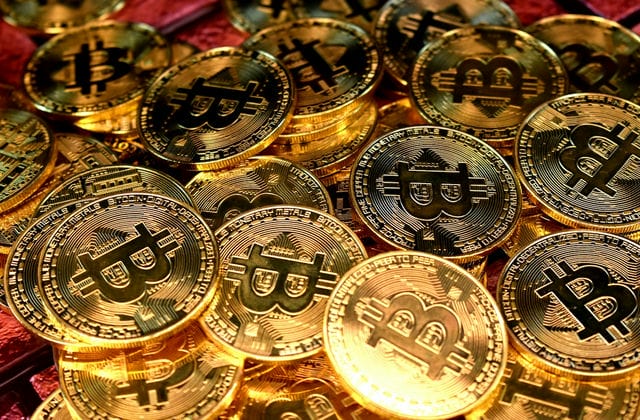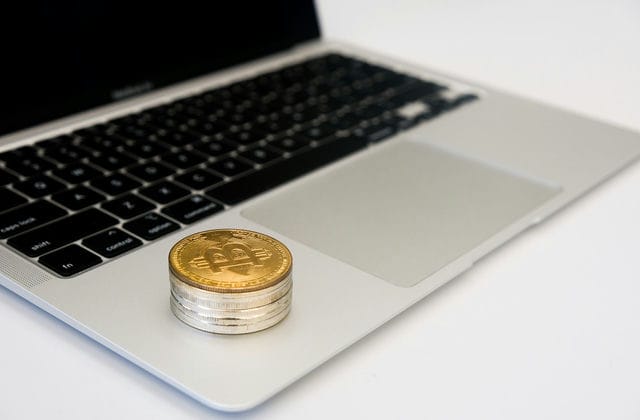On 1 August 2017, the Bitcoin protocol underwent a hard fork that split the network in two and created "Bitcoin Cash".
Why did this happen and what were the consequences?
Fed up with the lack of progress in the Bitcoin extension debate and dissatisfied with the decision to continue with the SegWit upgrade (which increases block size by reorganizing how transaction data is stored, but not increasing its size), community participants developed an alternative Bitcoin with different features. The new version increases the block size from 1MB to 8MB.

It also excludes SegWit, which some believe is nothing more than a temporary patch for Bitcoin's scaling problems. Some are also concerned that the SegWit-enabled second layer networks (which were still in development at the time they were written) will skew transaction volumes away from the main network and reduce the importance of Bitcoin.
Another difference in the Bitcoin Cash protocol is the difficulty adjustment mechanism. To maintain a relatively even flow of blocks, the Bitcoin protocol adjusts the difficulty factor of the hash puzzle (how hard it is to find the random number that generated the hash within specified parameters) every 2016 blocks. With Bitcoin Cash, the difficulty adjustment is more flexible, adjusting every 600 seconds based on the computing power available on the network.
This provides the new protocol with a chance of survival. If miners don't mine a single coin, it will gradually decrease. As the price of Bitcoin is much higher than the price of Bitcoin Cash, the latter is only profitable if it is easier to produce. In other words, coins may be worth less, but miners will process blocks more frequently and successfully and collect more Bitcoin Cash tokens as a reward.
Trading
Bitcoin Cash can be purchased on a variety of big name exchanges, with Bitfinex, GDAX, HitBTC, Bit stamp and Poloniex handling over 90% of the USD trading volume.
After some initial confusion, most exchanges have settled on the ticker symbol BCH, although a few still use BCC (which is also used to denote Bit connect, more confusingly).
At the time of writing, over half of Bitcoin Cash volume comes from Bitcoin transactions. Most of the demand for the fiat currency comes from the US dollar and Korean won.
You can follow the price movements of Bitcoin Cash on the CoinDesk price tracker.

The upcoming hard fork
On May 15, Bitcoin Cash's protocol will be upgraded via a hard fork (which means the entire network will need to use the new version in order to continue participating).
The upgrade will further increase the block size from 8MB to 32MB and will introduce more sophisticated smart contract functionality as well as other features such as extending its timestamping, asset creation and permission management capabilities.
What to do?
As with all digital tokens, it remains to be seen whether Bitcoin Cash will be sustainable. However, since its launch, market acceptance has been increasing, with some major retailers beginning to accept cryptocurrency payments. More importantly, major industry players such as Coinbase and Circle have recognized that demand has exceeded their expectations. and a growing number of crypto hedge funds are including their holdings in BCH in response to investor demand.





























